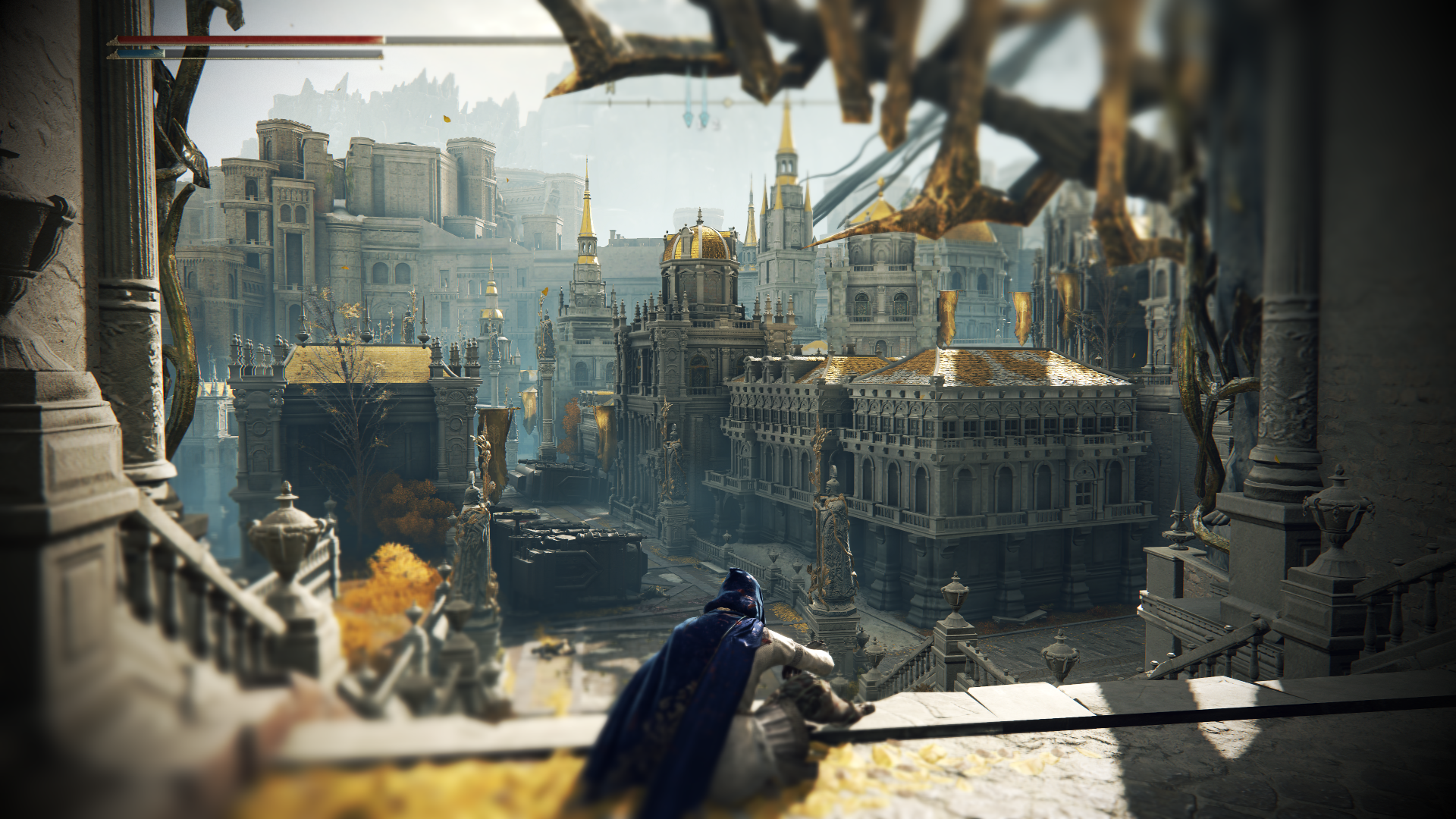What makes it more remarkable, though, is not just what it tells, but how it teaches you to listen in silence. This is a game that offers no tutorials, no quest log, no blinking icons pointing the way forward. And yet, you learn of the thousand stories. Slowly, intuitively, and on your own terms.
Elden Ring breaks from modern game design’s tendency to over-explain. Instead of structured objectives, it offers fractured ruins, cryptic symbols, and NPCs who speak in riddles. The Lands Between is not just a setting. It’s a vast, broken myth stitched together through biomes, architecture, and even etched into the smallest item descriptions.
To understand what happened here, players must learn how to look. That’s what makes discovering lore so compelling as you’re not being told a story, but you are uncovering what’s been left behind, scattered across a decaying world.
Each region in Elden Ring doesn’t just look different. It feels different, like it belongs to a different part of a long-forgotten saga. And as the lost, wandering Tarnished, you bear witness to the decay. Stepping out of the doors into Limgrave for the first time, you are eased into a magnificent golden view of lush hillsides and ancient ruins worn smooth by time. It’s a place still clinging to the idea of the Erdtree’s grace, but it’s cracked and weathered. Then, as you head east, the environment changes drastically. Caelid now hits you like a fever dream, with the blistered red skies, twisted landscapes, and enemies falling apart at the seams. It’s hostile and wrong in a way that tells you this place didn’t fall, but it rotted from the inside.
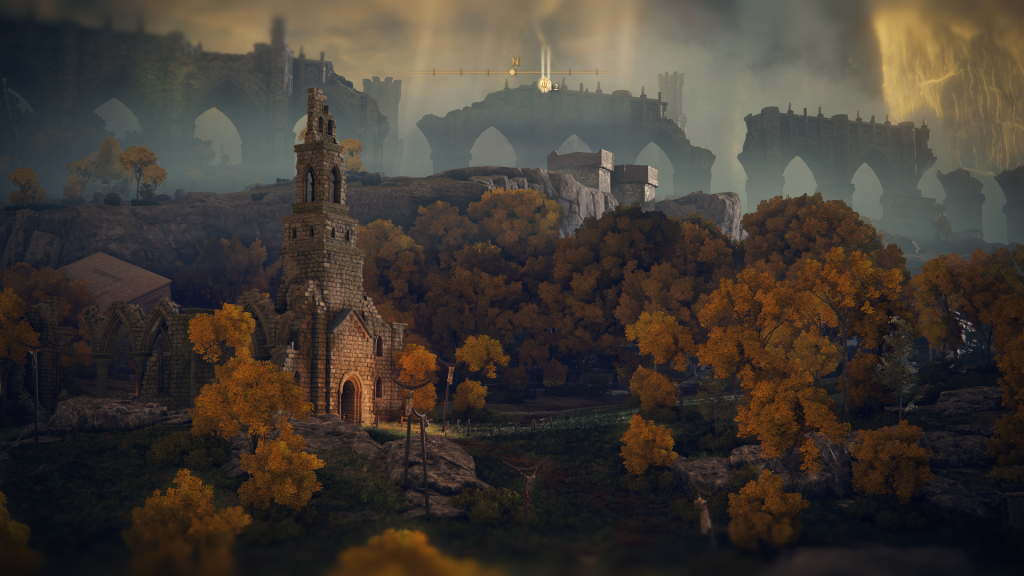
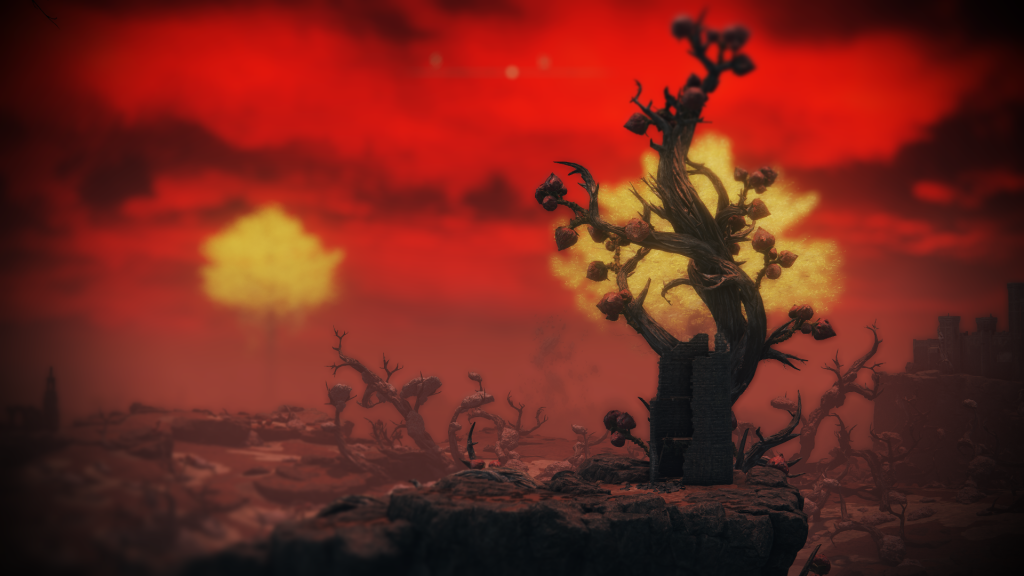
Then there is the serene Academy of Raya Lucaria, surrounded by the still water of Liurnia of the Lakes. But that calm hides tension. You start picking up items and realize this was a place of academic pride and magical authority that tore itself apart in a war of ideals, and hubris. It’s all there, in the drowned ruins and overgrown halls, and in the description of a simple sorcerer’s staff that once belonged to a rebellious student.
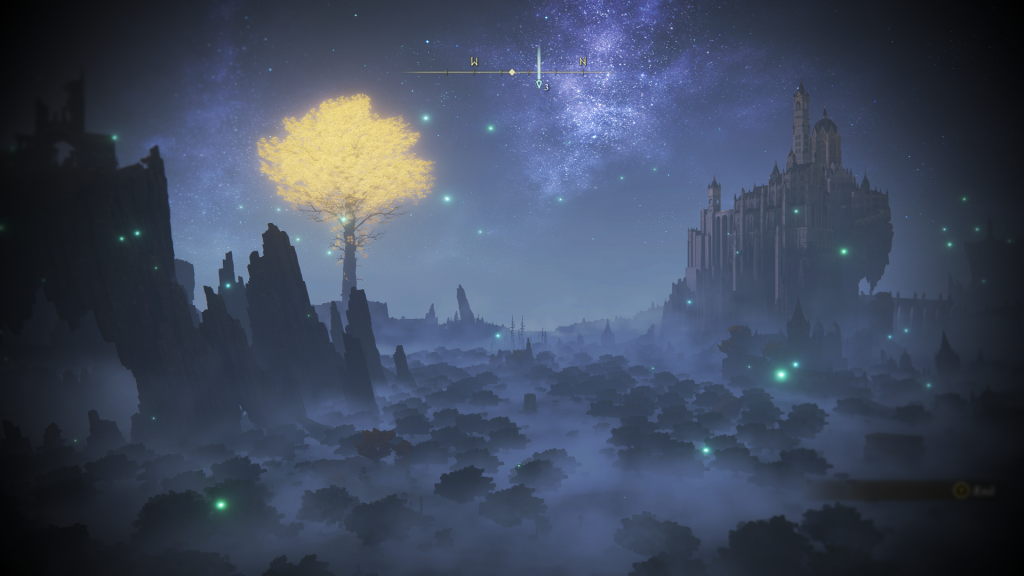
That’s the beauty of Elden Ring’s design: the story isn’t one thread—it’s thousands. A ruined church tells you someone forged peace through the illusion of love. A forgotten tomb guarded by spirits hints at a hero erased from history. And every item—armaments, cracked gears, faded tomes of ashes—offers just enough context to make you wonder what happened. Not enough to know for sure, but enough to make you wonder.

The lack of concrete answers is not a flaw. It is the hook that keeps players like me digging. Unlike others who charge headfirst into danger, I often find myself hanging back, drawn more to piecing together timelines, tracing tragic lore, and uncovering the stories behind forgotten cities. Elden Ring respects that players don’t need everything explained or rushed. They just need the pieces to be meaningful.
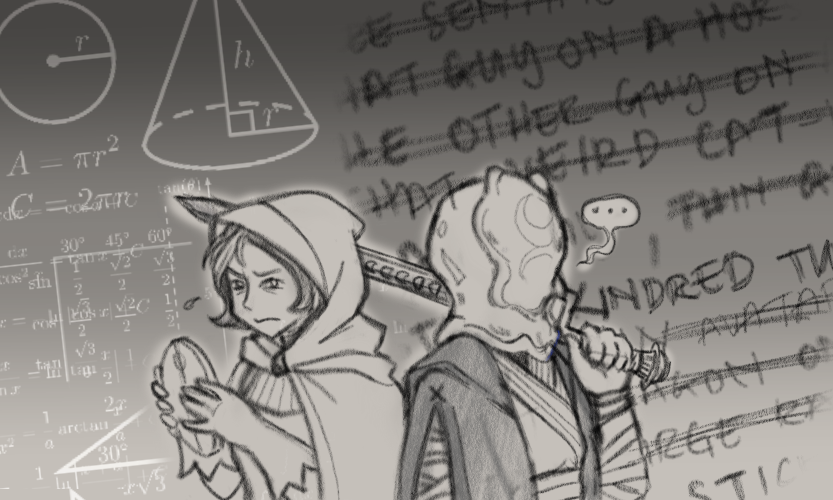
At the heart of it, the game offers a rare kind of experience. One where the visual design and the player’s personal journey are separate but always in conversation. You can appreciate the scale of a decayed capital without knowing its history, but when you do find out what it once was, who ruled it, why it fell… it hits differently. The same visual can either be a backdrop or a revelation, depending on how deep you go.
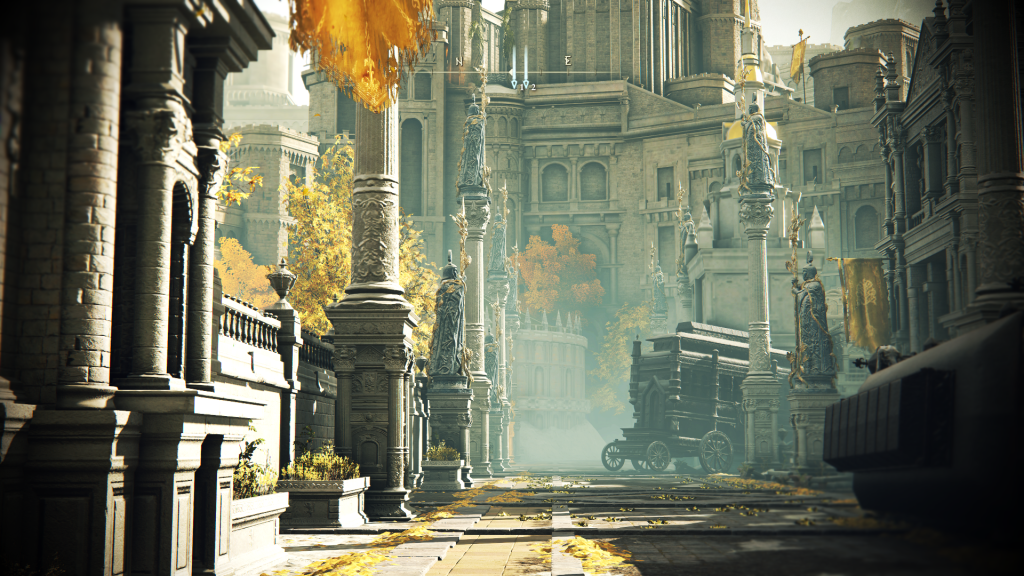
That’s what makes the game so singular. It doesn’t hand you a story; it offers you one if you’re willing to look. Every biome, every item, every architectural silhouette becomes part of this massive narrative puzzle. You’re not just playing through a world. You’re reading items, interpreting it, and ultimately, shaping what it means to you.
Elden Ring is not a game that teaches by telling. It teaches by inviting you to decipher a lore made of ruins and symbolism, then steps back and lets you piece it together. You learn by playing, failing, retracing, reading. In a world oversaturated with guidance systems and blinking objectives, Elden Ring quietly demands that you slow down, observe, and interpret. The more you play, the better you get. Not just at the combat (maybe), but at understanding how to learn inside this world.
There’s no right or wrong way to understand the lore.
It lives between the lines, in the quiet spaces of ruins and riddles. And for those willing to engage with it, Elden Ring offers a storytelling experience that isn’t just about what happens. It’s about how you discover it. That blend of player curiosity and deliberate environmental design creates something more than just a game. It becomes a kind of education in perception but a world that remembers, and teaches you to remember with it.

